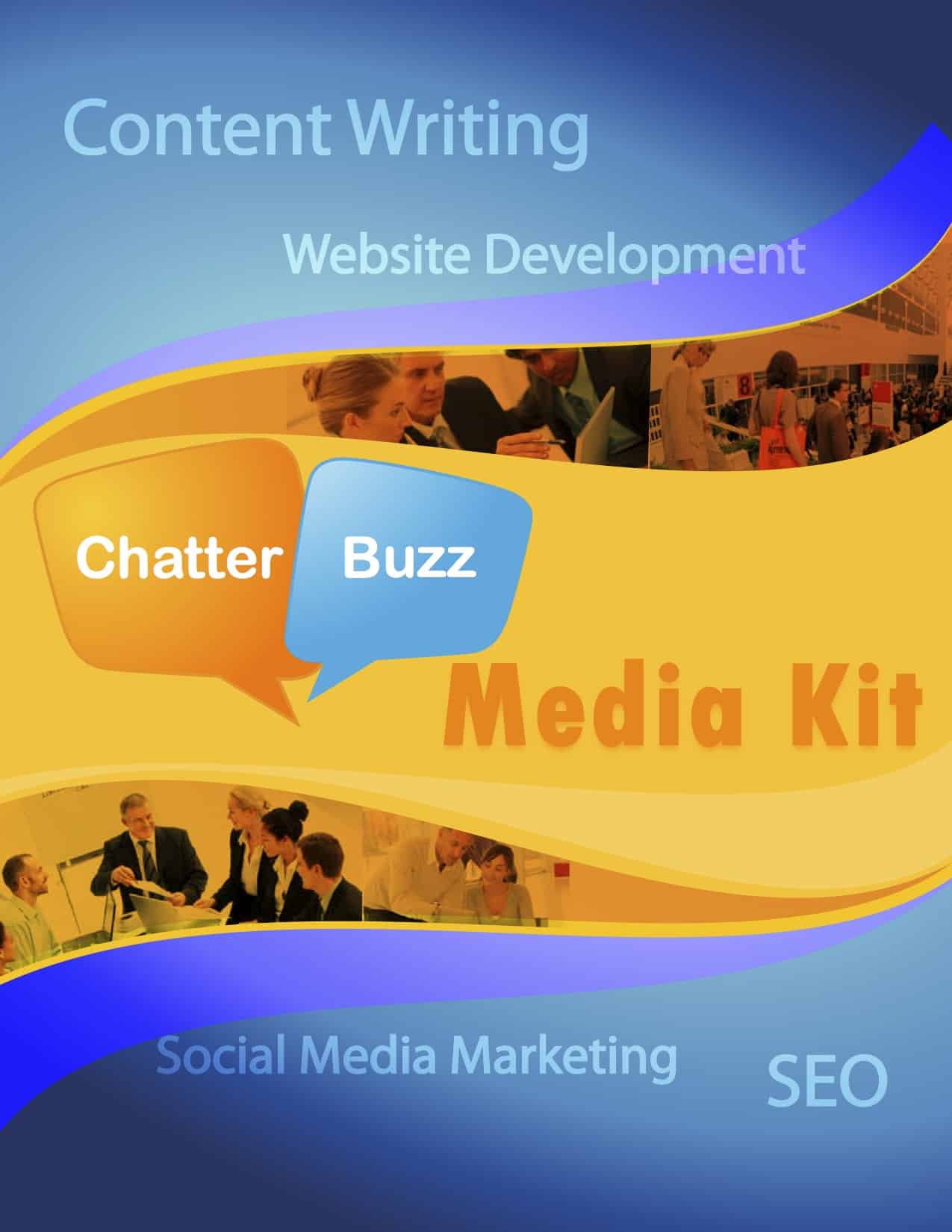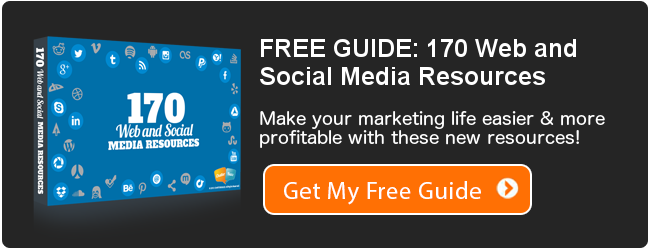How to Create Your Own Media Kit

Every company, whether big or small, should take the time to create a media kit. You may be wondering why you need one since you most likely already have a website where customers can find out all about you. The answer is FREE publicity.
Media kits are most often used by the press to cover your company. Reporters always have tight deadlines to comply with so if you want to get covered you need to make it as stress free for a journalist as you possible.
Media kits can seem intimidating at first, but it’s an essential public relations document that every business should have on hand at all times. There are many elements of a media kit, but if you’re familiar with your company it should be relatively easy to put one together.
In a nutshell, a media kit is a packet of information that describes your business. In order to make it as easy as possible, the Chatter Buzz team has put together a list of media kit must haves.
1. Media Kit Cover
The cover letter introduces the person or company that you’re trying to gain coverage for. Include the person or company’s name, a brief description and contact information.
2. Company Bio or Backgrounder
The company bio is just what it sounds like, a brief, but detailed, look at the business, its history and its mission. The backgrounder should be about a page in length and should include the five W’s: Who, What, When, Where, Why, How. A few other key elements that you may want to include are the major markets that the company serves, how your company ranks against competitors and the number of employees.
3. Individual Bios
Include brief bios of key individuals that may be quoted in news releases or interviewed by the press. For example, the CEO should definitely have one. You should include three to six bios, but it really depends on the size of your company. Also make sure that all of the bios are around the same length.
4. Fact Sheets
A fact sheet gives the reader information about a specific product or service that your company offers. Your fact sheet shouldn’t go over one page, and the most important information should be first. Also, don’t be afraid of white space, and use bullets when you can. You want this document to be quick and easy to read so keep it brief.
5. Press Releases and Select Press Clippings
Include any press releases you’ve recently sent and photocopies of any publicity that your company has gained in the past.
6. Kudos Sheet
This is where you get to brag a little. Has a previous client given you an awesome quote about how much you helped them? Be sure to include it here. It reinforces your credibility and gives the press some excellent story ideas.
7. Charts, visuals or photographs
Make sure to include high-resolution images that can go straight to the printer. Remember, you’re trying to make the journalist’s life easy. If they already have a few quality images that they can use in their story there’s a greater chance you’ll get covered.
8. Contact Information
Last, make sure to include contact information. You especially want to be sure to include the contact number of the person that the reporter will most likely need to speak with to get more information. For example, your public relations coordinator may be a good choice.
Once you have created your media kit be sure to make it accessible on the web. You also want to be sure to send journalists a PDF version of your entire press kit if you’re submitting it via email. That way, they can easily print it out, and your formatting will stay the same.









